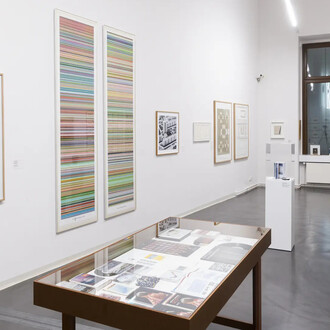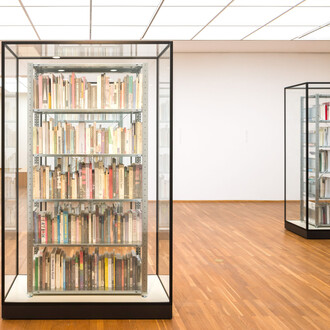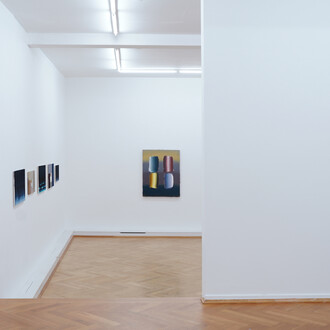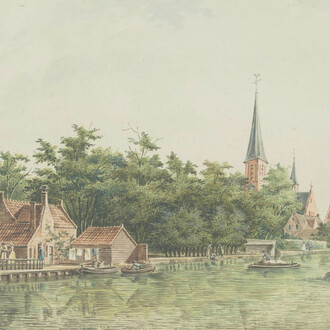Festivals are one of the most important cultural phenomena in anthropological history and an essential part of human interaction. The exhibition Ready to party! at the Museum für Kunst und Gewerbe Hamburg (MK&G) now takes a closer look at this key feature of civilisation. The focus is on festivals and ceremonies in Greek and Roman antiquity from the sixth century BC to the third century AD. Festivities during that period generally consist of four phases: a procession, a ritual, a contest, and sharing food and drink. In the exhibition they are represented by stories told in pictures on amphorae and drinking cups as well as by sculptures, objects and reliefs. Selected objects from the MK&G's Collection of Ancient Arts and Antiquities are supplemented by loans from the National Archaeological Museum in Naples and the Capitoline Museums in Rome, among others.
The exhibition not only presents the different elements and diverse creative aspects of festivals in antiquity, but also conveys the central message that ancient festivals are the origin of our present-day festive culture. Contemporary access is provided by a film essay produced especially for the exhibition with highlights from international festivals such as the Munich Oktoberfest and the Heavy Metal Festival in Wacken. Insights into private celebrations are offered, for example, by a funeral service in Hamburg and an Aramaic wedding taking place in Rheda-Wiedenbrück, Gütersloh and Herford. Key participants as well as experts were interviewed, including the Paffenholz family of carnival float builders from Cologne, Wacken founder Thomas Jensen and Munich's Lord Mayor Dieter Reiter. The film effectively highlights the parallels between ancient and contemporary festivals. In addition, students at Hamburg University of Applied Sciences (HAW) will present their own works inspired by the ancient exhibits.
The exhibition is divided into four chapters illuminating various central aspects of the phenomenon of festivities. The first introduces the sequence of events in the classical festival of the Panathenaea, the grandest religious and political festival held in ancient Athens, honouring the city’s tutelary goddess Athena. Furthermore, aspects of design and merchandising as well as the mythological occasion for this festival are also touched on. Gladiatorial games are commonly associated with bloodshed, and yet their origin in fact lies in funerary customs. In the exhibition chapter Spectaculum gladiatorum, visitors will learn about how such games evolved into a spectacle. In addition, the festivals follow a choreography, a programme and a storyline.
Antiquity already distinguished between festivals and celebrations. But which criteria were applied? The chapter Funerals and burial rites explores this question. Basically, the question arises as to why we actually celebrate festivals the way we do. Early Christianity was quick to take over the ancient festive culture. Finding itself in competition with other religious currents, it responds by adapting the most attractive habits, at least in part, including festivals and ways of celebrating. The last chapter, Secret rites, looks at the influence of the Mithras cult on the development of Christian festive culture.
















